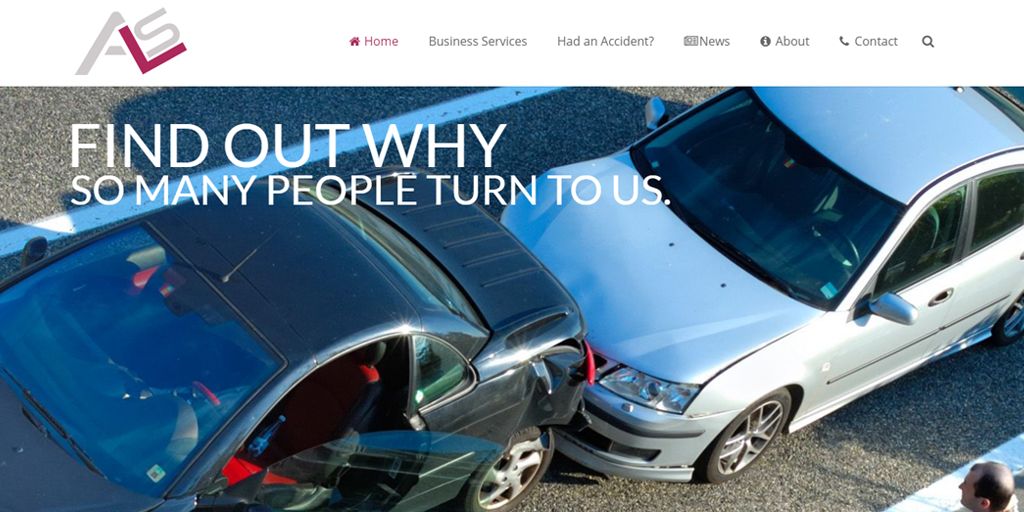
Advanced Driver Assistance Systems (ADAS) are a group of electronic technologies in vehicles designed to enhance driver comfort, convenience, and safety. ADAS systems use a combination of sensors, cameras, radar, and sometimes lidar (light detection and ranging), along with sophisticated software, to assist the driver in navigating the road more safely and comfortably.
After an accident, when a vehicle fitted with advanced driver-assistance systems (ADAS) requires repairs, there are a few important considerations to keep in mind. ADAS technology includes features such as adaptive cruise control, lane departure warning, collision avoidance systems, and more. Here’s what you should know about repairing vehicles with ADAS after an accident:
- Specialised Knowledge and Equipment: ADAS-equipped vehicles require specialised knowledge and equipment to properly diagnose, calibrate, and repair their advanced systems. Traditional repair methods may not be sufficient, as ADAS relies on sensors, cameras, and other components that need careful attention.
- Calibration: Following repairs, ADAS systems often need recalibration to ensure they function correctly. This process involves aligning and configuring the sensors and cameras to the manufacturer’s specifications. Failure to perform calibration can result in inaccurate readings or malfunctioning ADAS features.
- Manufacturer Guidelines: Each vehicle manufacturer provides specific guidelines for repairing ADAS-equipped vehicles. Following these guidelines and using authorised repair procedures and parts is crucial to maintain the vehicle’s safety and performance.
- Trained Technicians: Repairing ADAS systems requires trained technicians who are knowledgeable about the specific manufacturer’s technology and have experience with calibration procedures. These technicians should have access to the latest software and diagnostic tools to perform accurate repairs and calibrations.
- Collaboration: Collaboration between different parties involved in the repair process is vital. This includes the vehicle owner, repair facility, insurance company, and ADAS calibration specialists. Effective communication ensures that everyone understands the requirements and works together to restore the vehicle’s ADAS functionality.
- Testing and Verification: Once repairs and calibrations are complete, rigorous testing and verification are necessary to ensure the ADAS features function correctly. This may involve test drives and diagnostic checks to confirm that all systems are working as intended.
- Ongoing Maintenance: ADAS systems require regular maintenance to keep them in optimal condition. It’s important for vehicle owners to follow the manufacturer’s recommended maintenance schedule and address any issues promptly to avoid potential safety risks.
When seeking repairs for a vehicle with ADAS after an accident, choosing a reputable repair facility with experience working with these systems is recommended. They should have certified technicians and the necessary equipment to perform accurate repairs, calibrations, and testing to restore the vehicle’s ADAS functionality safely.